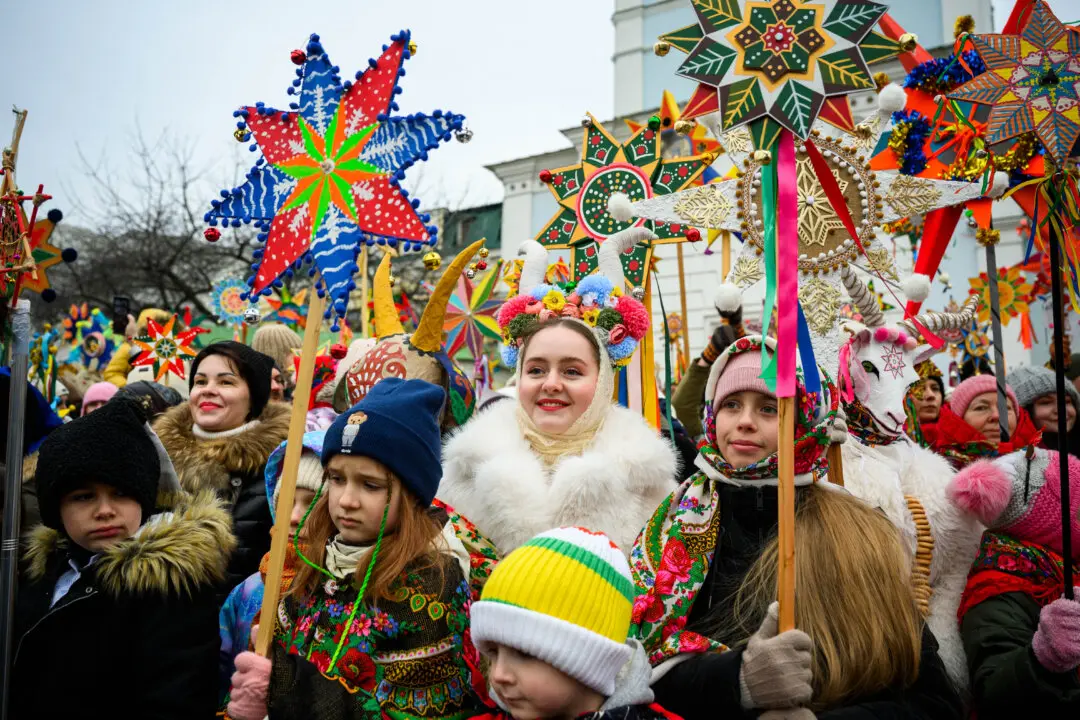From dawn to dusk, the golden mosaics on the façade of St. Mark’s Basilica in Venice shimmer and shine to differing degrees. The constantly shifting sunlight seems to bring endless dramatic effects to the mosaic pictures that depict mainly religious life.
The mosaics were first created in 1071, and developed over eight centuries to cover around 9,500 square yards of the basilica, inside and out, reflecting a mixture of Italian and the original Byzantine designs.






